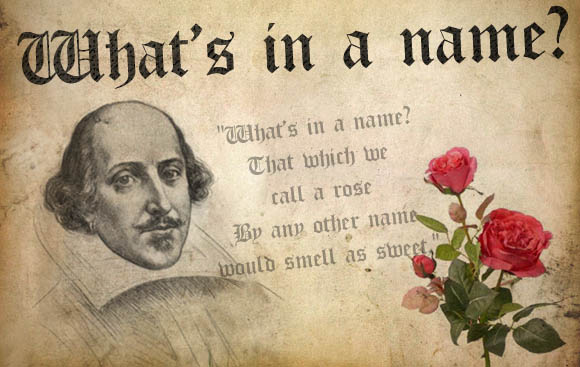No soldier names a battle before or during the battle. The name comes later when participants and others need a name as a point of reference. For whatever reason, the Union army and people in the North generally referred to a battle by a geographic feature, most often a river and stream. And for whatever reason, the Confederate army and people in the South generally referred to a battle by the name of the nearest town.
There are many exceptions, of course. Most often when the battle was fought in and around a town (such as Gettysburg) or near a river and no where near a town (such as Chickamauga). Sometimes a battle acquired a common name, for both the North and South, by common usage.
Many of the stories in The Cornfield were set in Civil War battles. Some of these have a single name, some two names, and one has three names.
The climactic battle in The Cornfield was fought between Antietam Creek and the town of Sharpsburg. The battle is called, thus, Antietam in the North and Sharpsburg in the South, although Antietam is the more common reference in modern times.
The battles fought near Bull Run and Manassas Junction on July 21, 1861 and August 28-30, 1862, are First and Second Bull Run in the North and First and Second Manassas in the South. The town which grew at the railroad junction was known as Manassas Junction. The town name was later shortened to “Manassas”.
Here’s some other two (and three) name battles in The Cornfield:
Two days after the end of the horrific affair at Manassas/Bull Run, the two sides fought on the Chantilly Plantation, near Ox Hill. The battle is called, almost equally, Chantilly or Ox Hill.
The Battle of Thoroughfare Gap is sometimes called the Battle of Chapman’s Mill. The mill was located at the eastern edge of the gap.
Cedar Mountain acquired three names, known also as Cedar Run and Slaughter’s Mountain. Much of the battle was fought near Cedar Run. The Louisiana Brigade and the Confederate artillery was placed on Cedar Mountain. The mountain itself was owned by Dr. Slaughter, and often called Slaughter’s Mountain.
Some battles acquired, and kept, a single name. Those in The Cornfield are Kernstown, Front Royal, New Orleans, Strasburg, Cross Keys, and Harpers Ferry. The list also includes the battles within the Seven Days, particularly Gaines Mill and Malvern Hill.
The battle of Winchester was called “Winchester” after it was fought in 1862. Two more major battles were fought in the town, and three more in its vicinity, before the war ended. The 1862 affair became the “First Battle of Winchester”.
The Cornfield features the fight for the “Coaling”. That was an aspect of the Battle of Port Republic.
South Mountain is not a single mountain, but a range running through western Maryland and into Pennsylvania. It is the northern extension of the Blue Ridge Mountains in Virginia. For some reason, perhaps lost to history, the “Mountain” is singular and not plural. The Battle of South Mountain refers to the fights at all three gaps in the mountain.
Some battles have difficulty acquiring a name at all. The battle at Bristoe Station, in the move up to Manassas/Bull Run, never acquired a name. The name “Battle of Bristoe Station” is used to describe the much larger battle there in 1863. Kettle Run is sometimes referred to as a battle. As often, Bristoe Station, Kettle Run, and other less intense fights are lumped within Manassas/Bull Run. Some modern historians call these “Manassas Station Operations”. I doubt if any veterans there ever called these fights “operations”.
Pritchard’s Mill is usually referred to as a skirmish. The difference from a battle is primarily one of scale. Skirmishes are often unplanned and between outlying parts of larger armies.
Naming A War
One would think naming a war would be easy. Not so. The 1861-1865 conflict is most often called the Civil War.

But a “civil war” is usually defined as a war between conflicting sides in the same country. The name is fitting if one believes, as Lincoln did, that the southern states had no legal right to secede and that they remained part of the United States.
Others argue that the southern states established an independent government with distinct geographic boundaries. It was thus a war between two nations, in their view, and not a civil war. They prefer the name War Between the States.
Neither of these is the official name of the war. Officially, per the United States government, it was the War of the Rebellion. There were those in the south then, and a few even now, who refer to it as the War of Northern Aggression.
